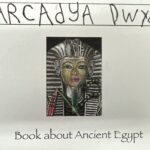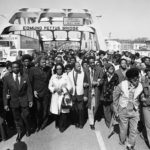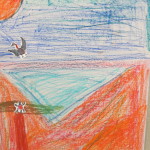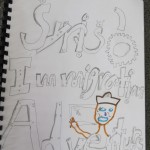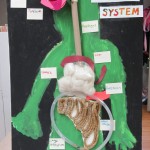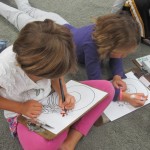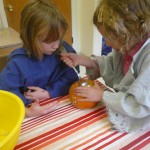We started our Ancient China unit for the youngest students by learning about the Chinese Zodiac and having a New Years celebration at school. Students learned about how the zodiac signs were formed with a folk tale about a race called: Cat and Rat : The legend of the Chinese Zodiac written by Ed Young. Read More >>
Geography
Students in the youngest group participated in classes to learn about the seven continents. Discussions and activities included information about the earth as a sphere and looking at a “flattened” version of the earth to see the seven continents. We learned a song about the continents and played a game where we went to that Read More >>
Ancient Egypt Younger Students
This fall students in all grade levels have participated in learning about Ancient Egypt. First as a mixed age group, we discussed what the word ancient means and then had students share what they know about any ancient civilizations. Then in three age groups, we started to delve deeper into Ancient Egypt. In the youngest Read More >>
Systemic Racism
Our children, our students, live in a world that has developed all kinds of media and ways to transmit information, disinformation, ideas, and images. They hear the media, adults, other peers talking about events and opinions as they move through their days. Some of these ideas are exciting and innovative, others are darker and disturbing. Read More >>
Explorers- Social Studies
The explorer’s unit required students to first examine the difference between nomadic and settled homes. Students also examined nomadic lifestyles and how they are similar/different to an explorer. Students discussed why explorers choose to explore (to find new places, see new things, learn new things, etc.). Students were assigned a specific explorer and completed book Read More >>
Grasslands
Our youngest students continue their study of biomes. In December we moved our focus from the rain forest to grasslands. We listened to books and learned how grasslands are very different to rain forest. There are very few trees in the grassland and there are two seasons – a wet season and a dry season. We watched videos Read More >>
Immigration
Our youngest students (Kindergarten through 2nd grade) were part of the whole school discussion focused on immigration stories. Reading picture books helped us compare the experiences of immigrants from different countries, such as Irish immigrants escaping the potato famine or Haitians bravely boarding boats looking for a better life in America. As we read each book Read More >>
Digestive System
After spending six weeks studying the skeletal system the youngest students turned their attention to the digestive system. First we listened to the book What Happens to a Hamburger? As we read this informative and funny book children followed the journey of what happens to our food from the moment we start to chew. In Read More >>
Habitats
Students in Kindergarten through second grade have been learning about habitats and the different species that live in them. So far we’ve read “A House for Hermit Crab,” written by Eric Carle as an introduction to what a habitat is. We’ve compared our own habitat to Hermit Read More >>
How Many Seeds are in a Pumpkin?
K +1st grade students explored how many seeds are inside a pumpkin. We started out by reading part of the book How Many Seeds are in a Pumpkin by Margaret McNamara. After we read about how the class in the book got messy and goopy emptying out pumpkins, we estimated how many seeds we thought were in Read More >>

